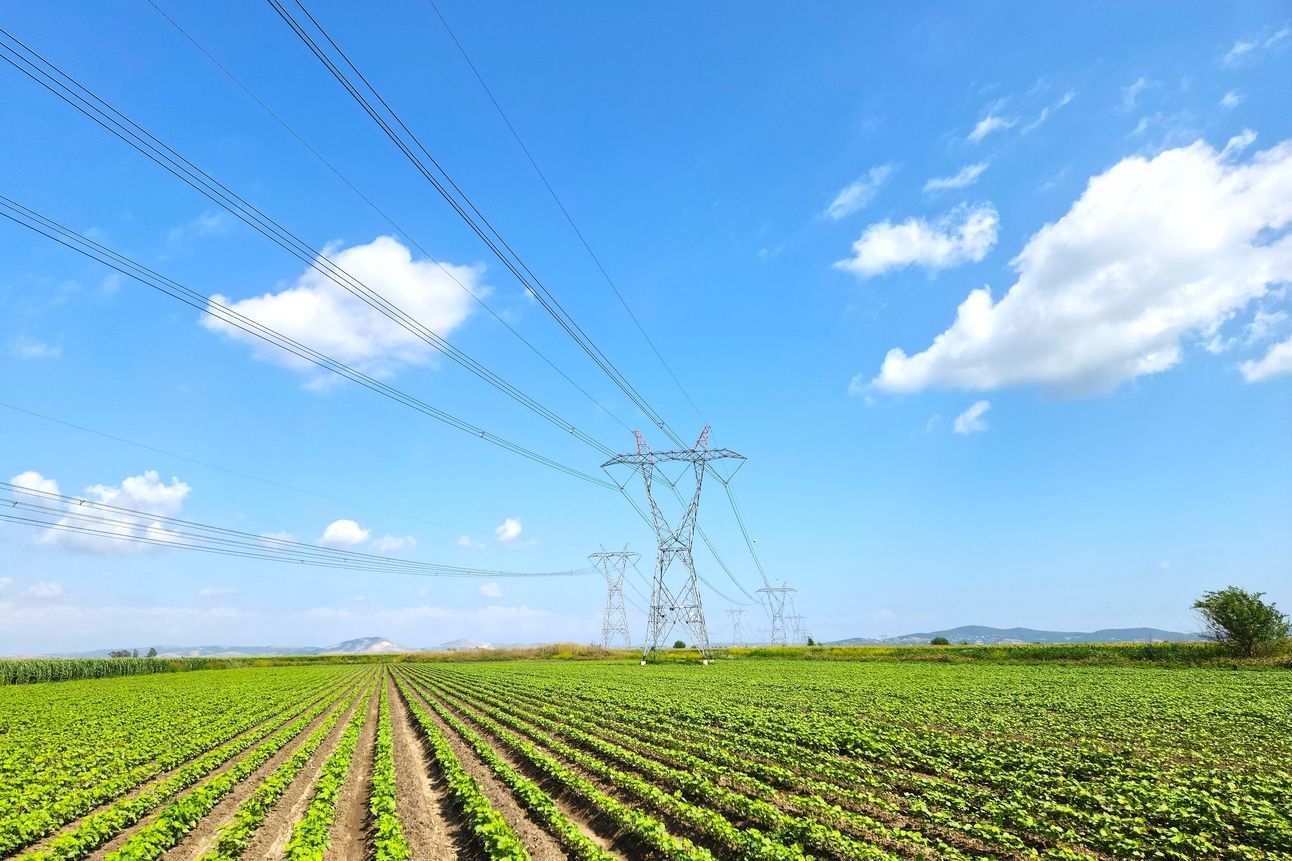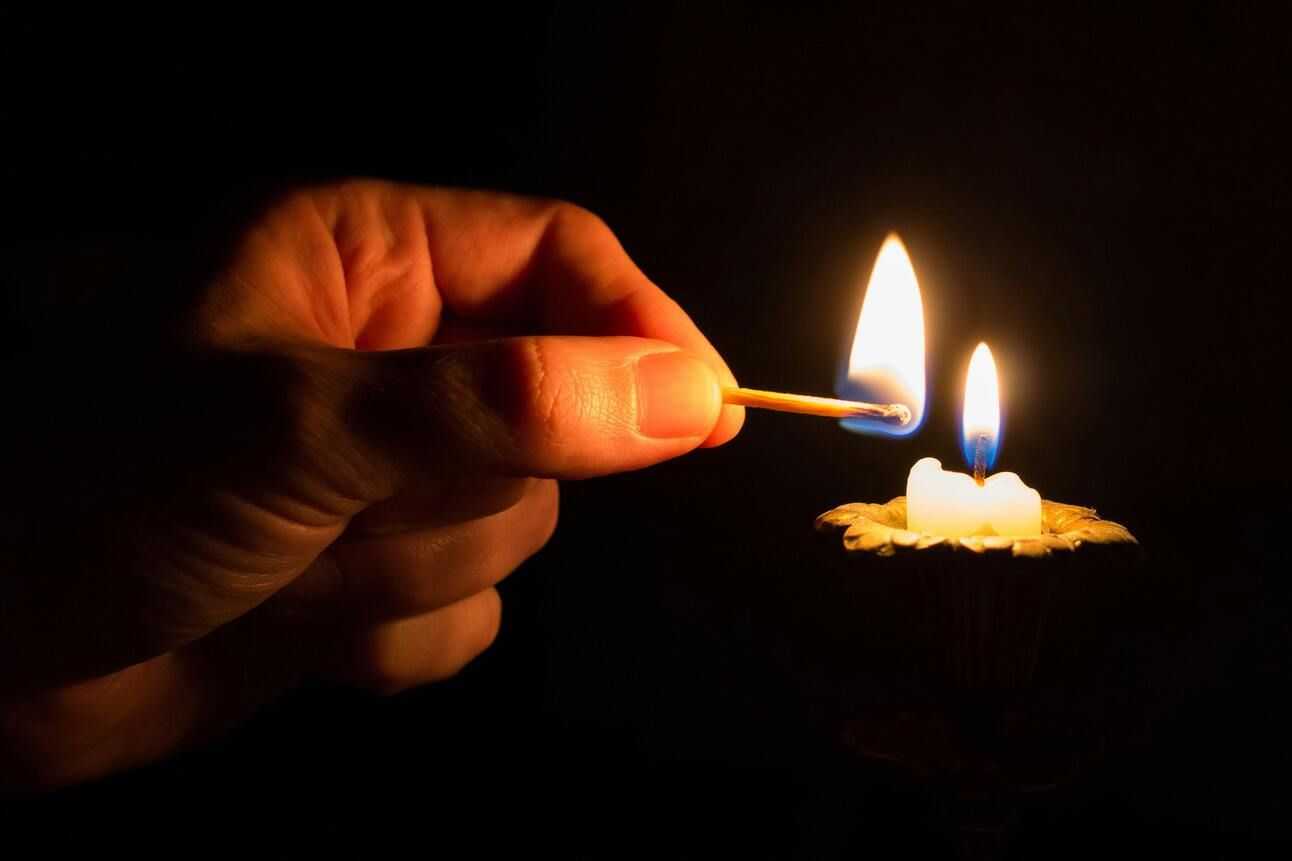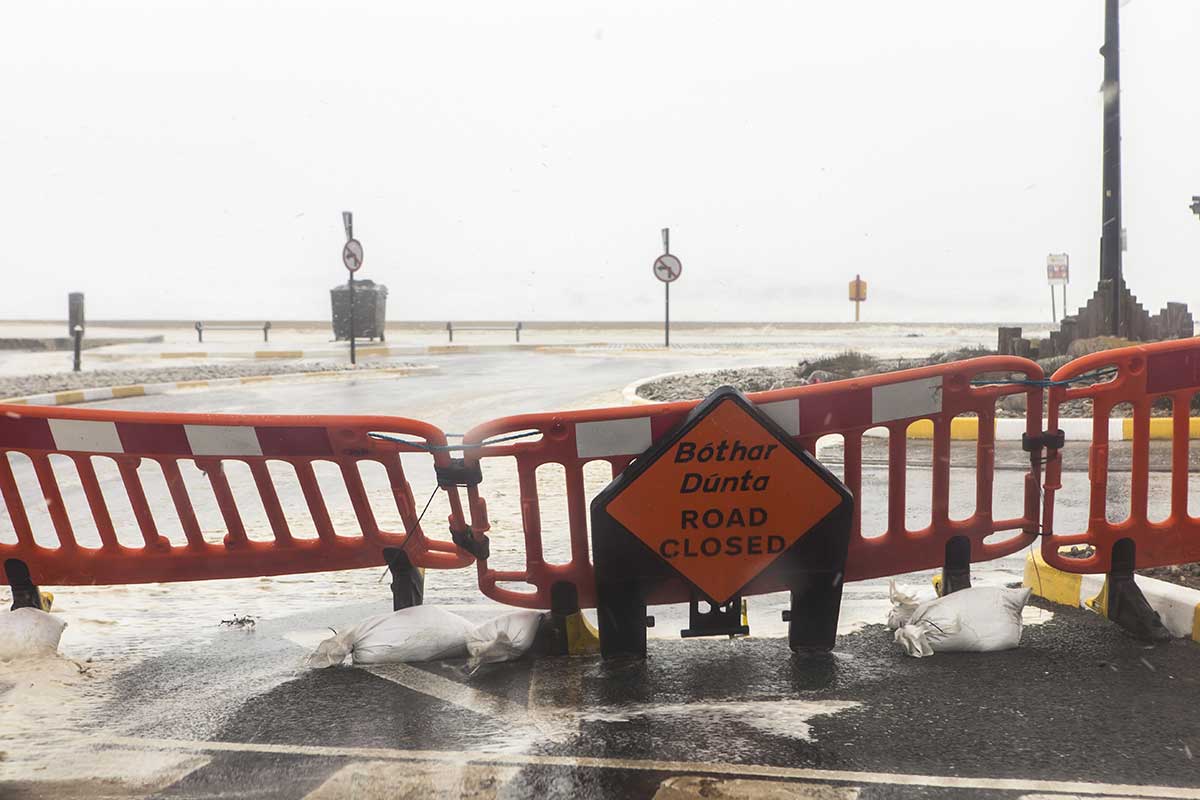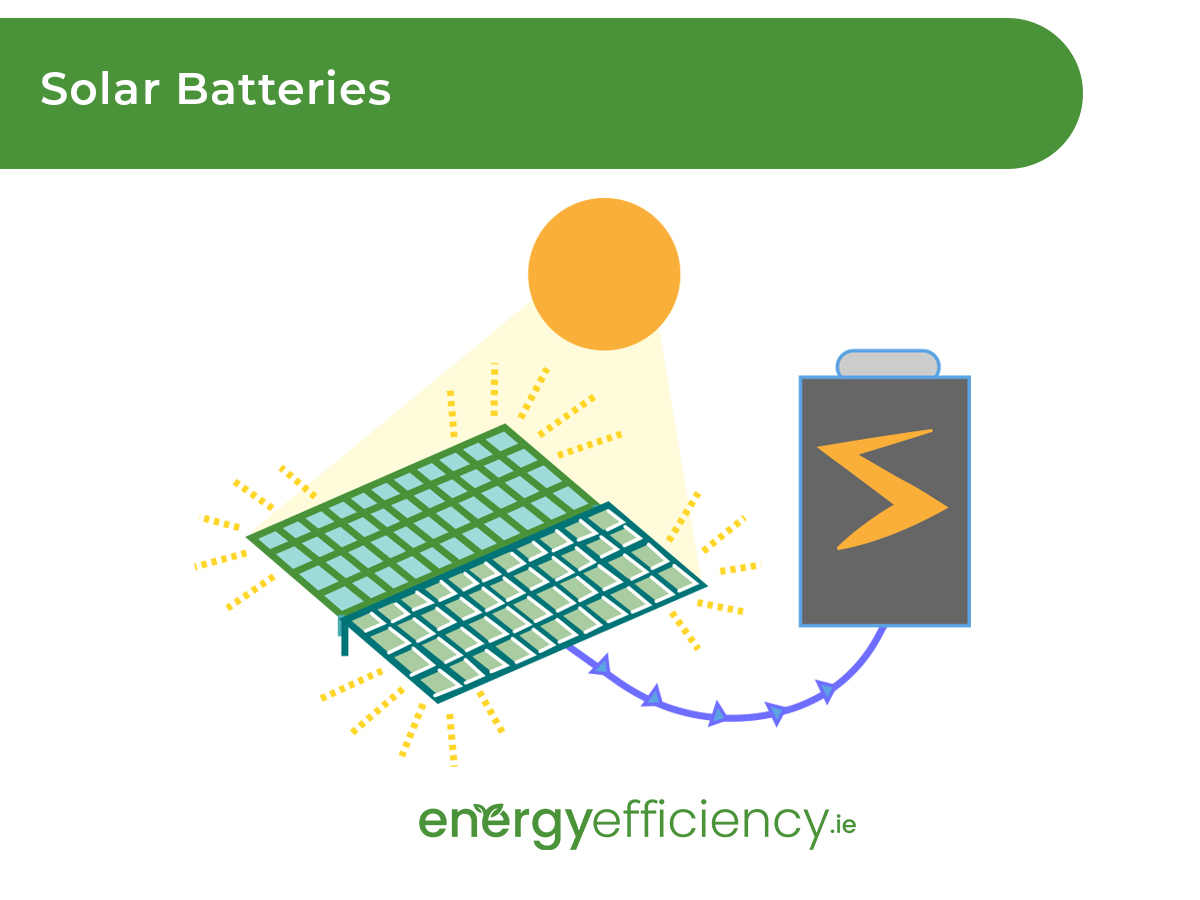- Energy Efficiency Ireland
- Posts
- Protecting Yourself from Power Outages in Ireland
Protecting Yourself from Power Outages in Ireland
Hi ,
It’s been a rough few months dealing with one major weather event after another, some of them leaving huge swathes of the country without power for days at a time.
Whether it’s record breaking storms or days of heavy snow and freezing weather, recent events have raised the issue of Ireland’s electricity grid and how to deal with more frequent and long lasting power outages.
Recent Extreme Weather Events
There have been multiple weather events in the past few months which have hit different parts of the country very hard, with the most recent Storm Eowyn breaking all expectations.
Some of these have caused tens or hundreds of thousands of properties to go without power for days at a time.
Storm Darragh December 6/7 - 395,000 properties were hit by power outages, with 120,000 still without power a day later.
January Cold Snap - Heavy snowfall saw 40,000 homes and businesses without power, some for several days.
Storm Eowyn January 21 - 768,000 properties lost their electricty, and all power outages were not repaired until February 13, more than three weeks later.
Why is Ireland’s Power Grid so Vulnerable?
Ireland’s electricity grid almost entirely relies on overhead power lines, more than 150,000km of them stretching across the country.
That’s hardly unique to Ireland, most countries in Europe also use overhead power lines for the bulk of their electricity distribution networks.
However, Ireland’s highly distributed population with a lot of one-off rural housing means that we have a lot more of them, roughly four times the European average in terms of power cable length per capita.

Undergrounding Power Lines
Ireland already has some 22,000km of power lines laid underground, mainly in urban areas where it would be nearly impossible to have them all running overhead.
However, there’s a 6:1 ratio of overhead power lines to underground lines nationwide, which means that putting all of those lines underground would come with a huge price tag.
Protecting Yourself From Power Outages
There are multiple ways in which households can protect themselves from long term power outages, or at least mitigate some of the impacts.
These would involve microgeneration of power from renewable sources such as solar power, and taking advantage of power storage methods such as solar batteries or drawing power from an electric vehicle.
More attention also needs to be paid to home retrofitting to install switches capable of isolating your home from the grid in order to make all of this possible.
For houses with solar panels and battery storage, or EVs with large batteries, there’s no question whether they’ll be better able to weather extreme weather events.

The Need for Backup Power in Ireland
Many people with renewable energy sources such as home solar panels, or with battery storage installed in their homes will have been disappointed to realise they were of little use during Storm Eowyn’s long outages.
That’s because in order to be able to properly utilise them your house needs to be isolated from the grid or else solar power and battery storage is automatically cut off as a safety measure for ESB technicians.
But this doesn’t have to be the case as options already exist for backup power systems. Here’s our take on backup power options in Ireland and what the government can do to incentivise them.
Using Electric Vehicles to Power Your Home
An EV contains a very large battery, with even small electric cars having a greater battery capacity than almost any home battery storage system.
Usually, power only flows one way with an EV and home charger, but during the worst of Storm Eowyn’s aftermath, many people found their car battery to be a lifesaving reserve of power.
Bidirectional EV Charging means allowing power to flow out from the EV to be used elsewhere. The main types of bidirectional charging are:
V2L: Vehicle-to-Load. This involves hooking an adapter to your EV to power appliances directly from it.
V2H: Vehicle-to-Home charging involves letting your EV power the entire home through the charger.
V2G: Vehicle-to-Grid charging allows power to be sent from an EV to the grid.
Unfortunately, V2H bidirectional charging, undoubtedly the most useful variety, requires an EV charger enabled for it, and these models do tend to be more expensive.
Here’s some more information on using your EV as a reserve power bank.
Growing Role of Battery Storage
Solar panels aren’t the only technology becoming cheaper and more popular, a growing number of homeowners are also choosing to invest in home battery storage systems.
Whether seeking to use more of the power generated by their solar panels or charging cheaply at night, battery storage systems have the potential to reduce your reliance on the grid and provide a valuable reserve of power.
Read our guide to see the different ways that solar battery storage can make your home more energy independent.


